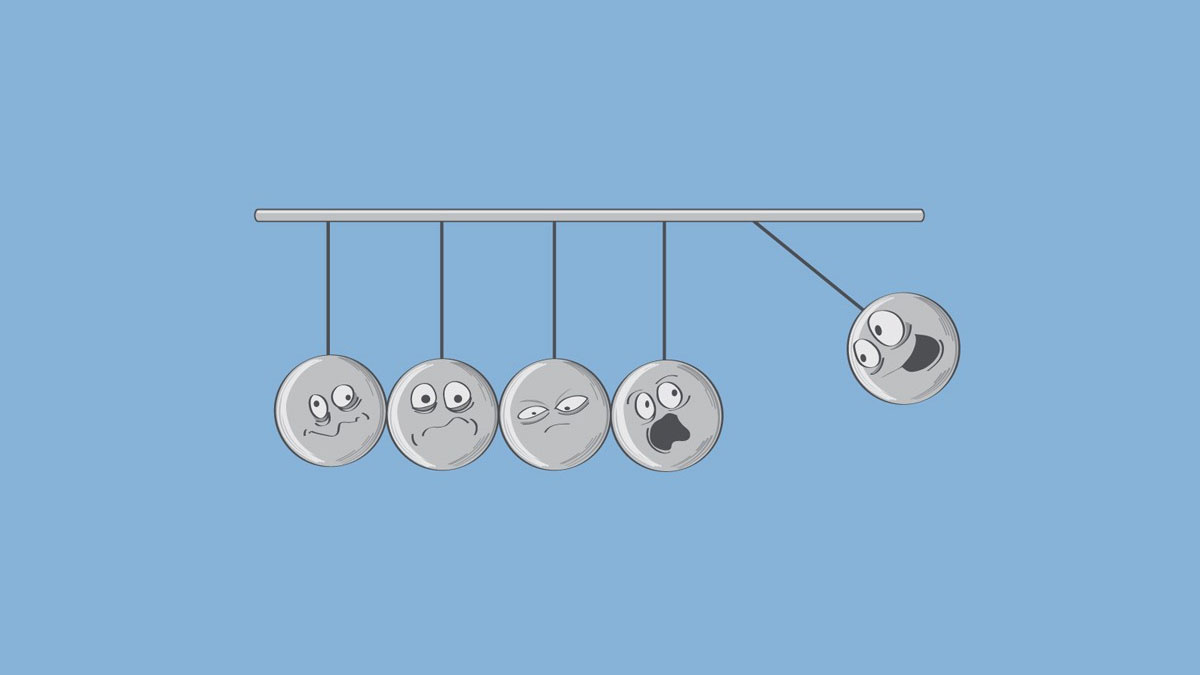in critique of newtonism

As school boards wage battles against science standards for millions of children, the current focus is on evolution and the age of our universe. And while these causes are worthy in their own right, I believe that it’s time to take on another hidden scourge we have allowed to run unchecked in our science classes and encourage students across the nation to examine the strengths and weaknesses of Newton’s theory of gravity, which while only a theory, is being taught to our unsuspecting children as fact rather than a novel idea.
Since the 17th century, Newtonism has remained unchallenged due to physicists who suppress all debate about alternative theories as to what holds the planets in place and keeps our feet on the ground. If you really take the time to examine some of the technical details advocated by an overwhelming number of Newtonians, you’ll find such bizarre ideas as gravitons and a limit to how fast gravity spreads. Rather than simply being an ever-present force, gravity is supposed to travel at the speed of light, carried by mass-less gravitons. So how exactly would gravity get to us when it has to travel? And isn’t it oddly convenient that these “gravitons” can’t have mass and would move at the speed of light? How would we detect these “particles?” But just try to ask these questions to Newtonists who descend into accusations of ignorance and flee to their labs to purge all those who disagree with them, suppressing all debate and investigation. If we look at the history of this idea, we’ll see that Newton himself didn’t know what causes gravity, he just described a few things he saw and the scientists took it as holy writ for centuries!
And there’s more proof that Netwonism doesn’t stand up to serious critique. Think about this. Have you ever seen gravity? Can you repeat a gravitational experiment in your own home? Just take a look at how astronauts in Earth orbit float. What happened to the gravity they should be feeling? Now, the Newtonists will tell you that by traveling at some 17,000 kilometers per hour, the astronauts are kept in a perpetual freefall and once they decelerate, the planet’s gravity will pull them down to the ground. But who are you going to believe? The scientists or what you’re seeing with your very own eyes? And if gravity is ever-present despite having to travel to get to them in the first place, how come they’re not being pulled down by their spacecraft? Last time I checked, a spacecraft is heavier than a human. Again the Newtonists will accuse us of just not understanding their theory and say that both the ship and the humans are in freefall, but we’d just circle back to the same problems we’ve already identified.
So ladies and gentlemen, next time your school board hosts a meeting to establish how many of the pupils in your state learn about the world, stand up and speak out against the fallacies of Newtonism. And be sure to mention a petition I’m currently organizing to show that science is not settled when it comes to gravity. The “Scientific Dissent from Newtonism” which states that its signatories agree that gravity as established by Isaac Newton needs more investigation, has already attracted the attention of several serious scientists. Many of them have almost nothing to do with physics and quite a few are meteorologists, oceanographers and anthropologists at various universities you’ve probably never heard of, but they do have PhD’s which means they are real scientists and all scientists are equal when it comes to any contested theory.





